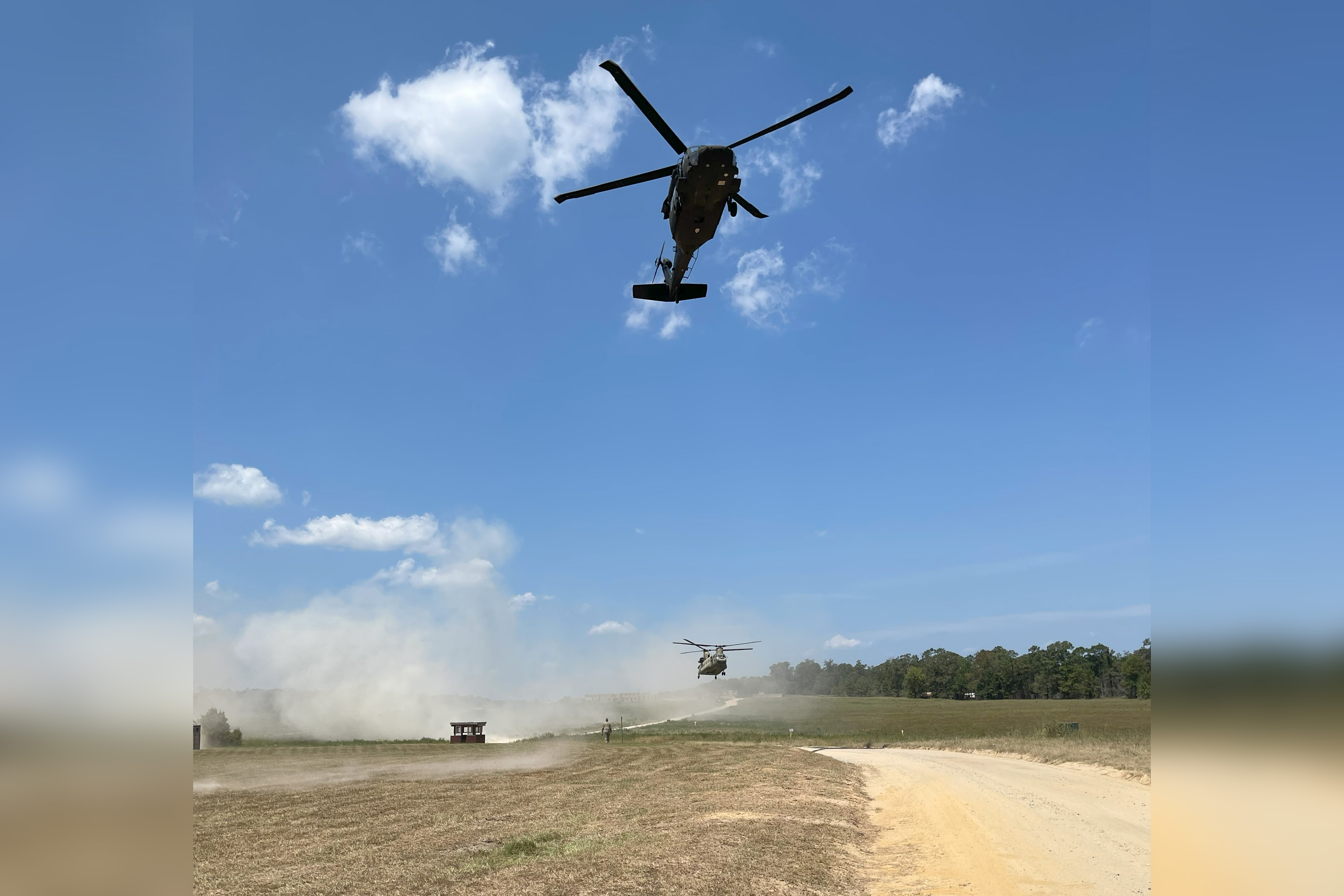
Soldiers Experiment with EW in a Contested Environment

During a four-day exercise at Camp Shelby Joint Forces Training Center (CSJFTC), Soldiers from the Mississippi Army National Guard (MSARNG) trained for a scenario where four Soldiers of the 2nd Battalion, 198th Armored Regiment (2-198 AR), were killed in action during an ambush.
_Edited.jpg)
National Security Innovation Network’s Southeast Regional Director Bev Seay, Lt. Col. Sands of the Mississippi National Guard 2-198th Armored Regiment, and Brig. Gen. John C. Nipp, Commander of Mississippi’s 184th Sustainment Command (Expeditionary), review Thunderstrike II scenarios to train warfighters against realistic, adaptive, and cohesive forces that reflect the modern capabilities of adversarial threats.
The 2-198 AR unit was utilizing electronic warfare (EW) to conduct an intelligence, surveillance, and reconnaissance (ISR) operation in a contested environment. However, the unit was unaware that EW was being utilized by their adversary to locate their position, jam their communication, and attack. For most of the warfighters, this was their first experience facing a threat from a near-peer adversary in multi-domain warfare.
The exercise, named Thunderstrike II, allowed 2-198 AR warfighters to immerse themselves in live, unscripted, force-on-force scenarios to experiment with how the Army needs to train and condition its units to fight in this new environment.
Thunderstrike II is an innovative training program run by the National Security Innovation Network’s (NSIN) Adaptive Threat Force (ATF) to train warfighters against realistic, adaptive, and cohesive forces that reflect the modern capabilities of adversarial threats.
“This is what saves lives,” said Brig. Gen. John C. Nipp, commander of Mississippi’s 184th Sustainment Command. “Without on-the-ground intelligence from commanders and Soldiers within a contested environment, we could run into very serious problems down range.”
Driven by U.S. Army Combined Arms Center’s FM 3-0, the field manual for Army operations, Thunderstrike II helps units like the 2-198 AR reduce risks and prevent surprises during multi-domain warfare. For example, units would run exercises during Thunderstrike II to answer questions such as “what does a command do with EW? Or “what does the unit do when it’s on the receiving end of a technology attack?”
“When units deploy, they may be jammed, spoofed, or tracked from multiple domains. Currently, Soldiers don’t know how to recognize these threats or how to mitigate these threats to operate in a contested environment. Thunderstrike II exposed formations to what contested environments look like in real life before they shout ‘hey, commo, my radio’s not working,’” Nipp gave as an example.
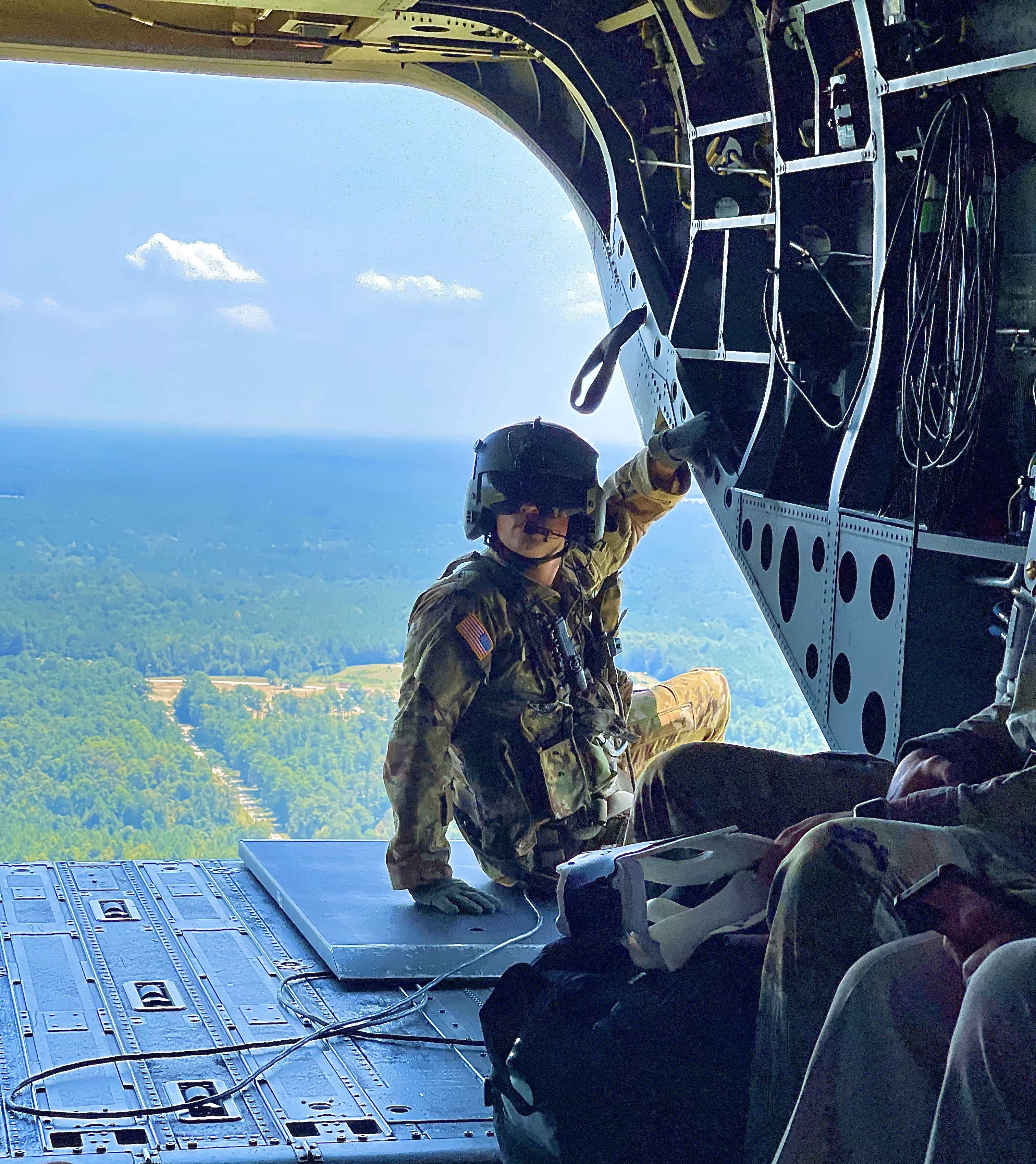
During Thunderstrike II at Camp Shelby Joint Forces Training Center, Mississippi National Guard Soldiers of the 2-198th Armored Regiment participated in live, unscripted, force-on-force scenarios to experiment with how the Army needs to train and condition its units to fight in multi-domain warfare.
.jpg)
National Security Innovation Network’s Adaptive Threat Force brought together military, academia, and private industry to experiment with Electronic Warfare during Thunderstrike II at Camp Shelby Joint Forces Training Center. The exercise trained Warfighters to understand how to use Electronic Warfare in a contested environment and helped Army leadership collect data and figure out how to better fight in a multi-domain operation.
During the exercise, platoon and company-level teams tested the capabilities of cutting-edge technologies in a force-against-force maneuver, focusing on target acquisition and the kill chain in multi-domain warfare.
While only having access to basic-issue MTOE (Modification Table of Organization and Equipment), units maneuvered against an adversary equipped with encrypted communication systems, infrared camouflage, unmanned aerial systems, tethered drones, and underground sensors to replicate a near-peer hybrid threat.
“It’s a very simple way that we look at it. Educate. Demonstrate. Validate,” Nipp explained about his mission for Thunderstrike II. “Educate the formation on what a contested multi-domain is. Demonstrate how a contested environment impacts the formation in multiple domains. Validate the formation’s tactics, techniques, and procedures [TTP] to operate within a multi-domain contested environment.”
The exercise created an environment to identify the adversary’s threat and develop TTPs, while also working through uncontrollable challenges such as terrain restrictions and extreme heat.
Units had to discuss ways to better deploy their EW capabilities to locate and target adversary forces and had to deliberate on tactics for improving their signature management such as reducing their electronic footprint.
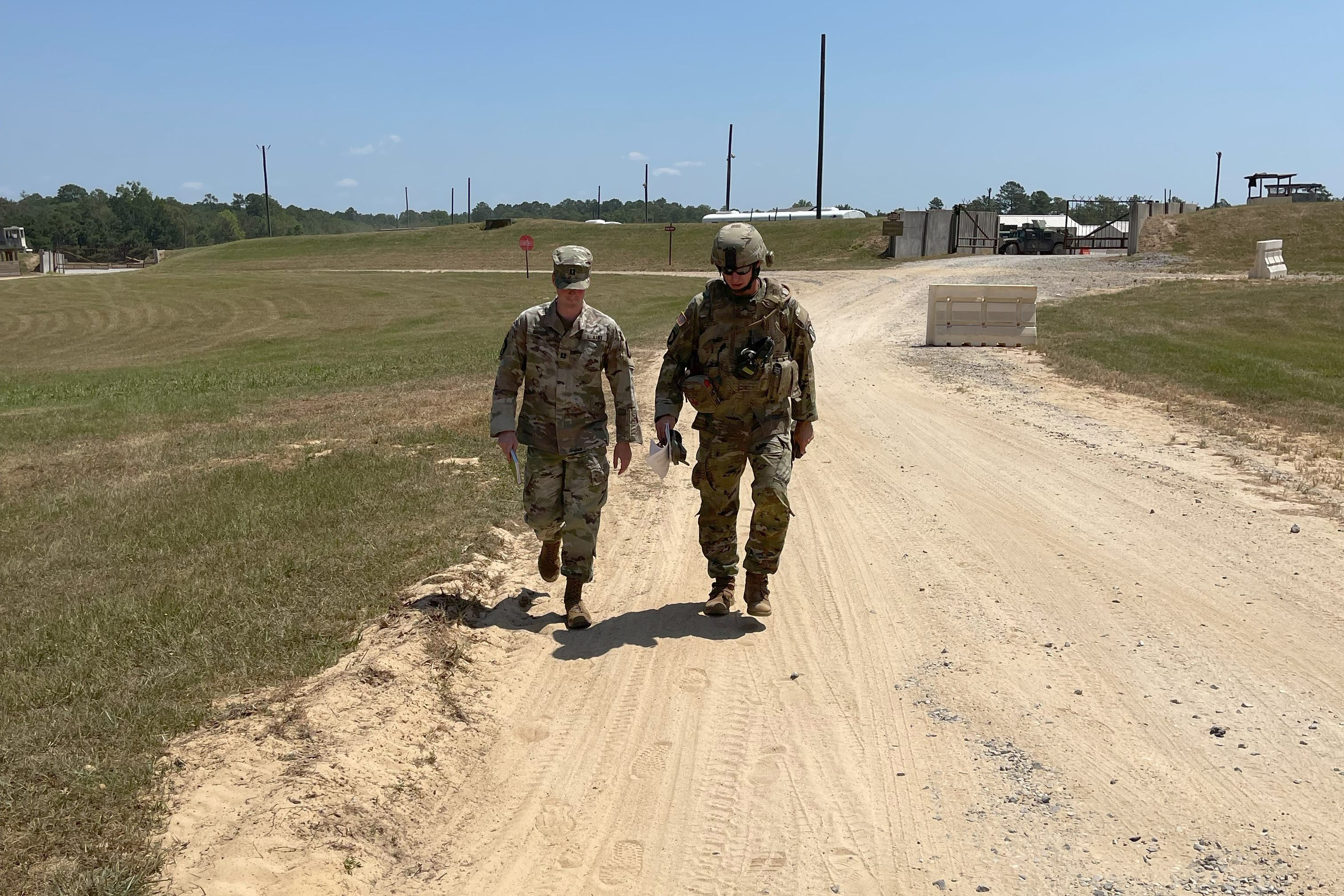
A Mississippi National Guard soldier of the 2-198th Armored Regiment and a Thunderstrike II trainer prepare for another scenario during the exercise at Camp Shelby Joint Forces Training Center. The soldiers discussed ways to better deploy Electronic Warfare capabilities to locate and target adversary forces as well as tactics for improving signature management such as reducing the warfighter’s electronic footprint.
.jpg)
The Thunderstrike II exercise at Camp Shelby Joint Forces Training Center offered Brig. Gen. John C. Nipp, Commander of Mississippi’s 184th Sustainment Command (Expeditionary), an opportunity to experiment with innovations that educated Mississippi National Guard’s 2-198th Armored Regiment on contested environments, demonstrated how multi-domains impact the unit, and validated the unit’s tactics, techniques, and procedures.
“It’s not about winning or losing. It’s about gathering data on sensing and the effects of sensing on the formation. We believe that you have to sense to make sense before you sense and act,” stressed Nipp.
Nipp believes filtering an analysis of this data will develop a tactical advantage for commanders. He added three conditions must be met to quickly train the formation in multi-domain operations, “Number one, intelligence drives operations. We need the intelligence community to drive our training with a real, live-threat, validated environment. Number two, training exercises are blended with experimentation. We need companies to continue to test their products inside realistic, combat training events at Camp Shelby. Number three, the trainings must provide the ability for units to accomplish their mission essential tasks.”
Retreating to their command post in 108-degree weather, the ambushed 2-198 AR unit discussed how to adapt and adjust their tactics to gain the advantage over their adversary and overcome their challenges.
At the start of Thunderstrike II, the unit’s challenges communicating up-and-down the chain of command left warfighters struggling to learn and adapt to the contested environment.
But after four days of working together during the exercise, testing TTPs in the field, the 2-198 AR staff started to develop a better common operating picture that allowed for a quicker targeting process. Moreover, it helped 2-198 AR staff gain an informational advantage over their adversary.
2-198 AR’s experience illustrates how Thunderstrike II’s immersive exercise improved their tactical decision-making process in a contested environment. Now equipped with decision superiority over multi-domain threats, the 2-198 AR warfighters went from being ambushed to seizing tactical initiative within the environment.
“If you’re running into issues getting something done that you want to get done, you believe is important, and you believe will benefit the warfighters, this is the place to come,” emphasized Nipp. “If we don’t get after equipping and training our warfighters for this new contested battlefield, it will cost lives.”
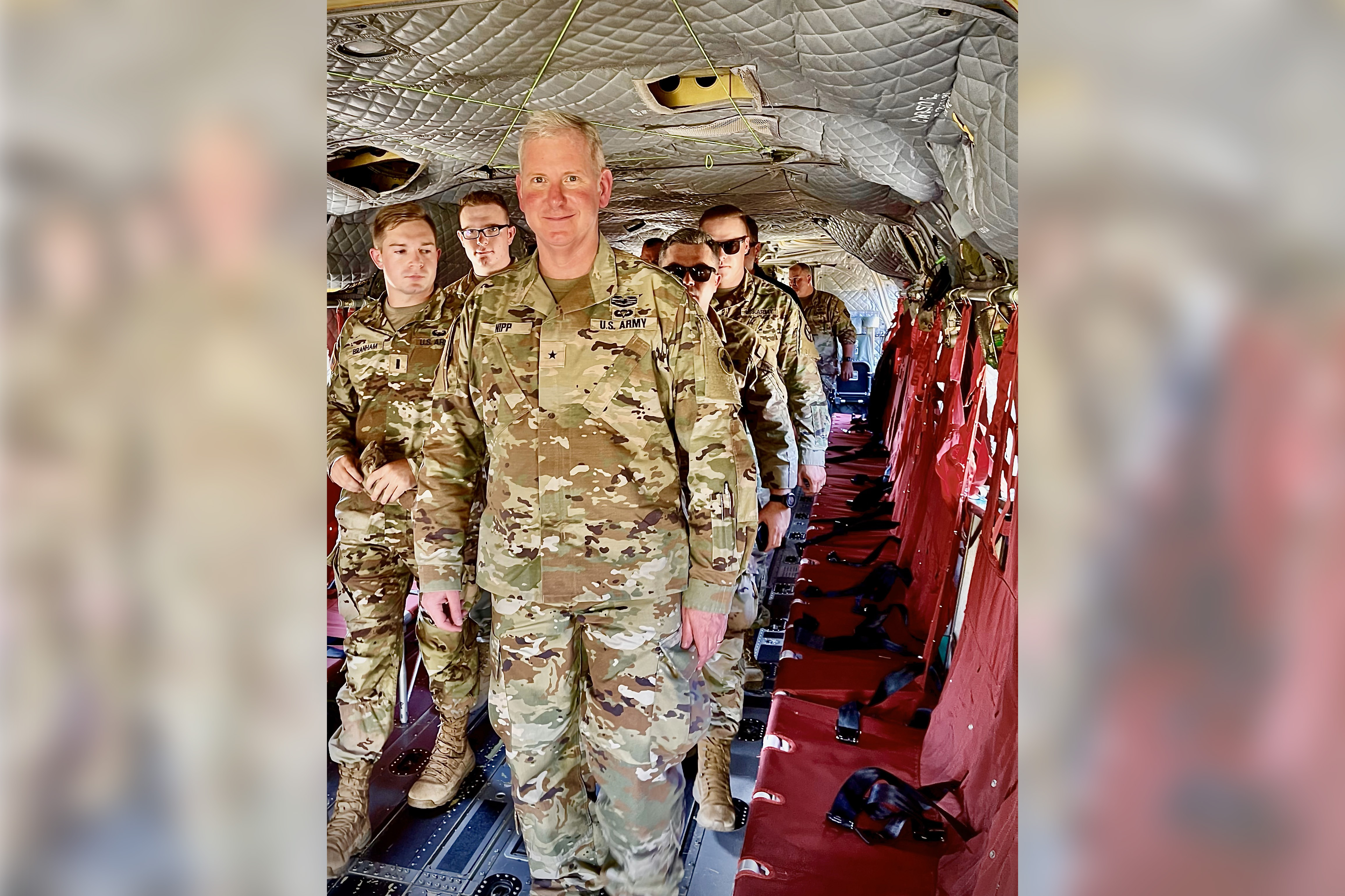
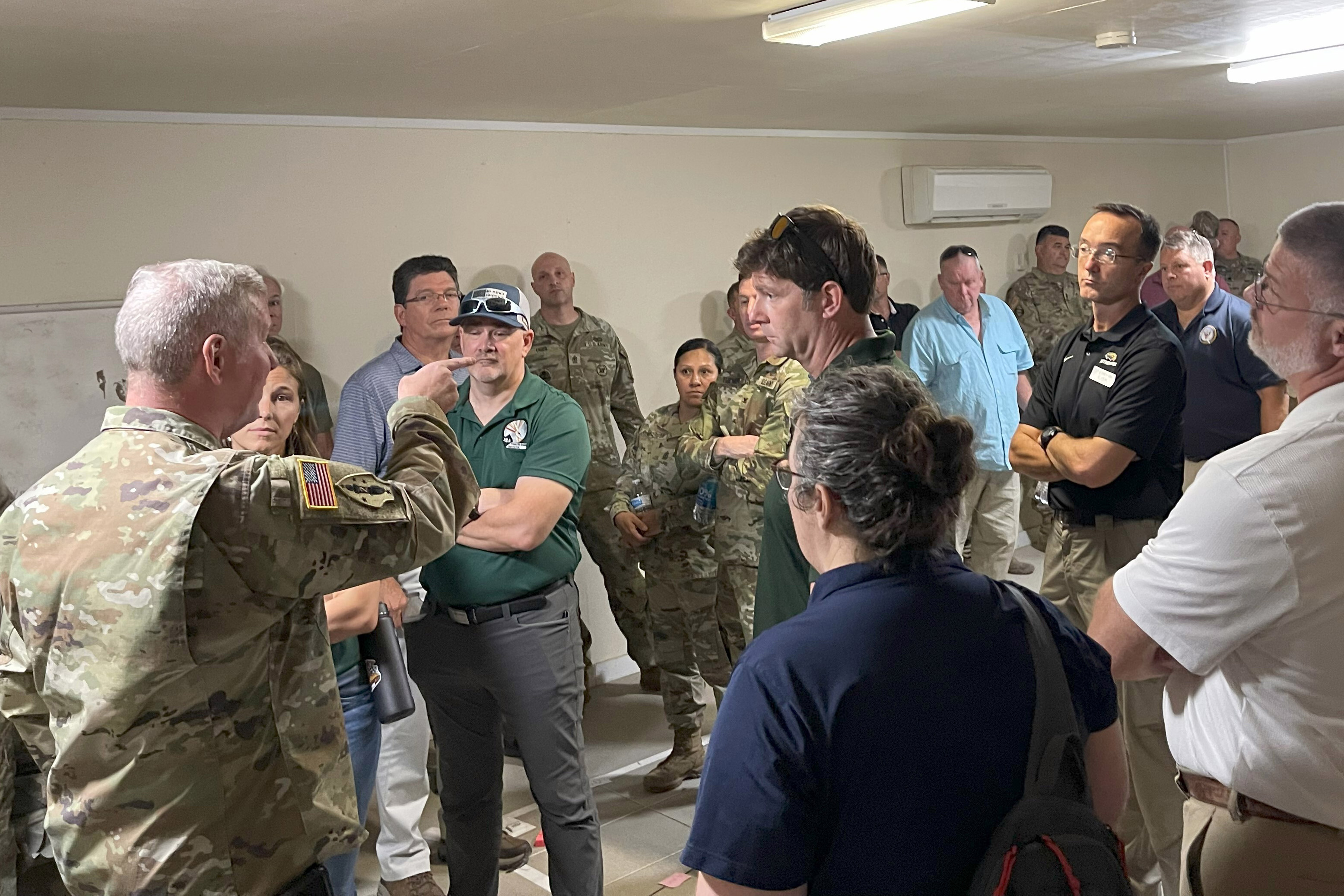
Thunderstrike II invested in speeding up and scaling solutions for the needs of warfighters, living up to the Camp Shelby motto, “Soldiers First!” The exercise provided units, which normally don’t train together, opportunities to collaborate and integrate intelligence into tactical operations.
Col. William “Lee” Henry, commander of Camp Shelby, highlighted that over 72,000 warfighters have been trained this year and 80,000 warfighters are scheduled to train next year.
“One of our greatest strengths here [Camp Shelby] is our ability to leverage our proximity in the U.S. to other major training venues, other research design and confirmation teams, as well as other federal installations,” added Henry.
As the Army builds new units for a joint force and thinks about what that force will look like as well as how to use it in a contested environment, Camp Shelby and NSIN ATF will continue to pursue innovation that helps Army leadership collect data and figure out how to better fight in a multi-domain operation.
Photos and video: David Overy, NSIN Media and External Relations Specialist
About National Security Innovation Network
NSIN is a program office in the U.S. Department of Defense, nested within the Defense Innovation Unit (DIU). We are set up to collaborate with a wide variety of innovators to include universities, researchers, students, entrepreneurs and start-ups. We create opportunities for collaboration across communities and connect those that might not traditionally work in national security. Together, we help drive national security innovation and develop technologies that directly support the individuals responsible for protecting our country.
For more information or interview requests with Team NSIN, please contact us at media@nsin.mil.